Group B Racing Glory
Group B Rally racing, during its heyday in the 1980s, was defined by a unique set of rules and regulations that set it apart from other motorsport categories. These regulations, established by the Fédération Internationale de l’Automobile (FIA) in 1982, were instrumental in shaping the iconic nature of Group B racing.
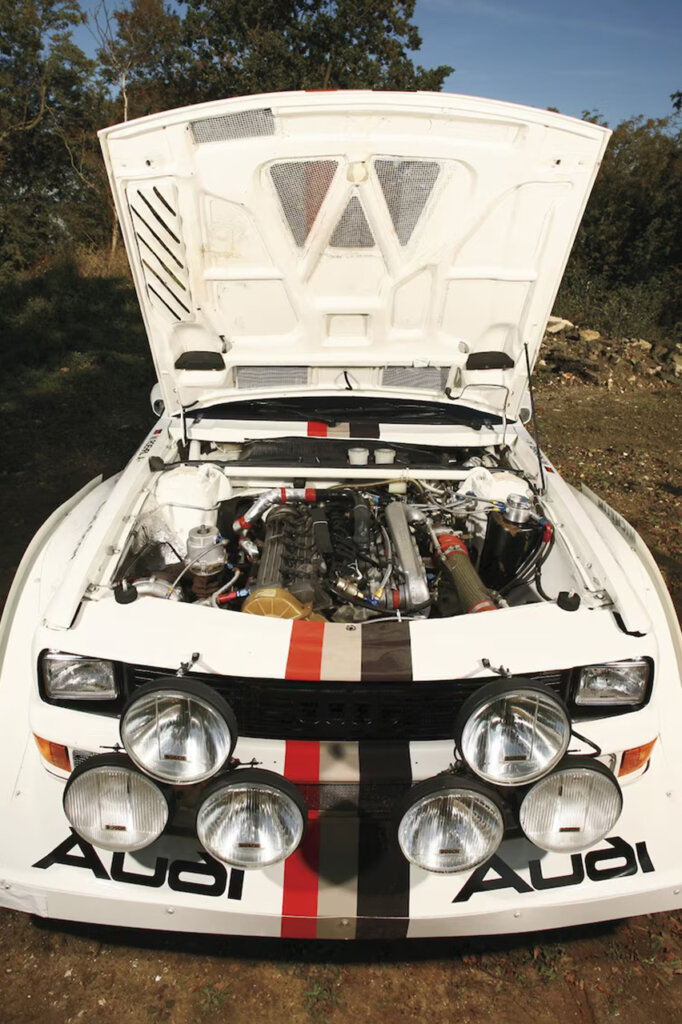
Source: Motortrend
At the core of Group B regulations was a remarkable degree of technical freedom granted to manufacturers. Unlike other rally categories, which imposed more restrictive rules, Group B offered automakers significant latitude in designing and constructing their rally cars. This technical freedom paved the way for the creation of highly specialized and technologically advanced vehicles.
A key requirement for participation in Group B was the concept of homologation. Manufacturers had to produce a minimum number of road-legal versions of their rally cars to meet homologation requirements. This meant that the high-performance, purpose-built rally machines had to be adapted for everyday use on public roads, albeit in limited quantities. This requirement was intended to maintain a connection between the competition cars and their production counterparts.
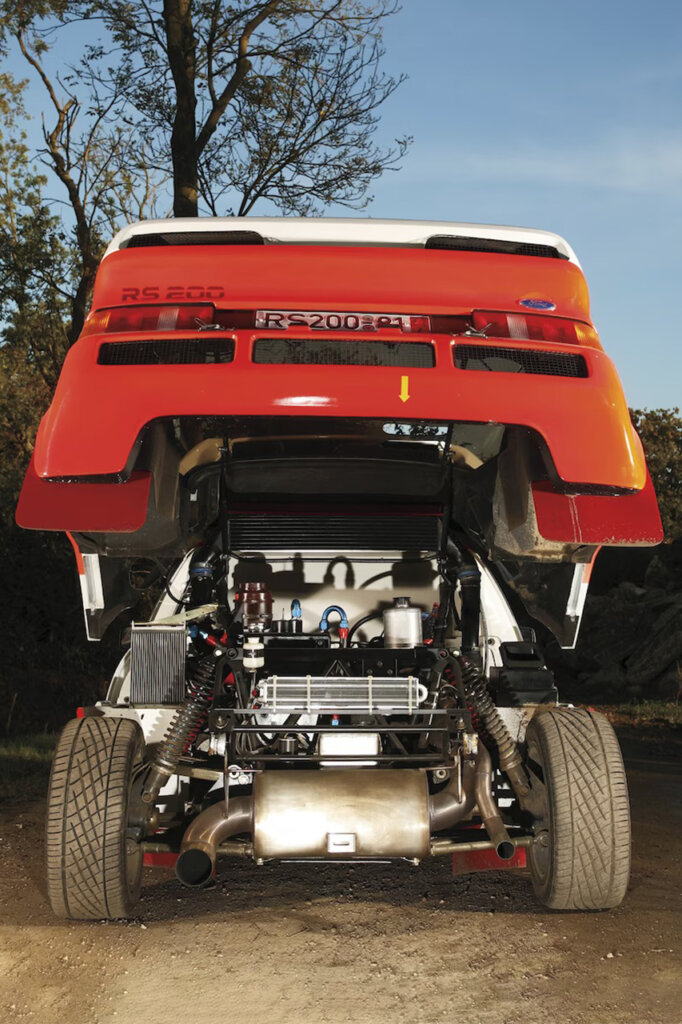
Source: Motortrend
Engine regulations in Group B allowed for substantial power outputs, resulting in exceptionally fast and powerful rally cars. Turbocharging was common, and many cars featured four-wheel drive systems to maximize traction on a variety of surfaces, including gravel, tarmac, and snow.

Martini Racing looks good on a Lancia as much as it does on a Porsche!
Source: EVO
Safety regulations in Group B were not as stringent as they should have been, given the high speeds and power of the cars. This lack of emphasis on safety contributed to several accidents, including some with tragic consequences, which ultimately led to the downfall of the category.

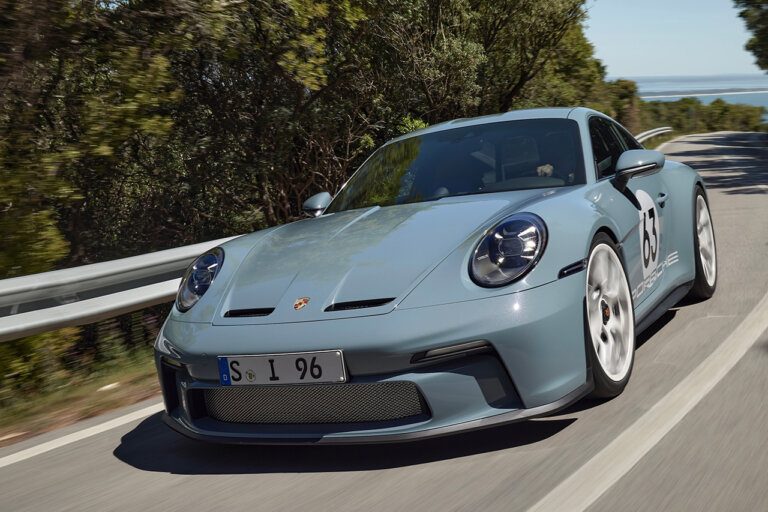

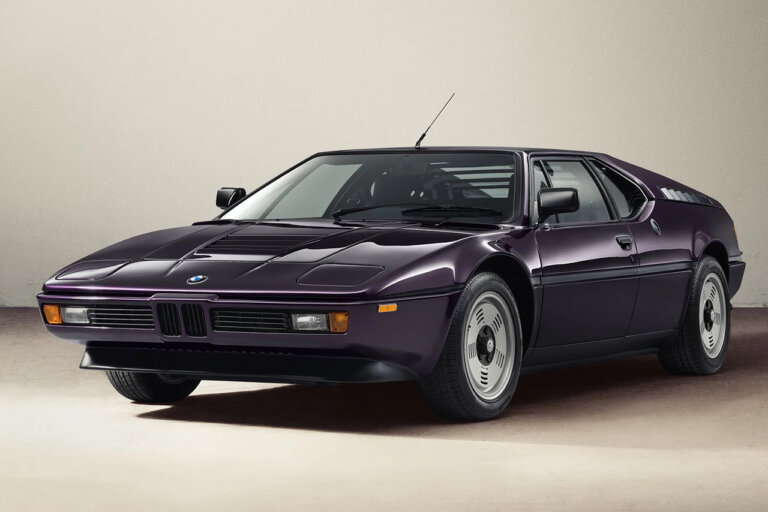
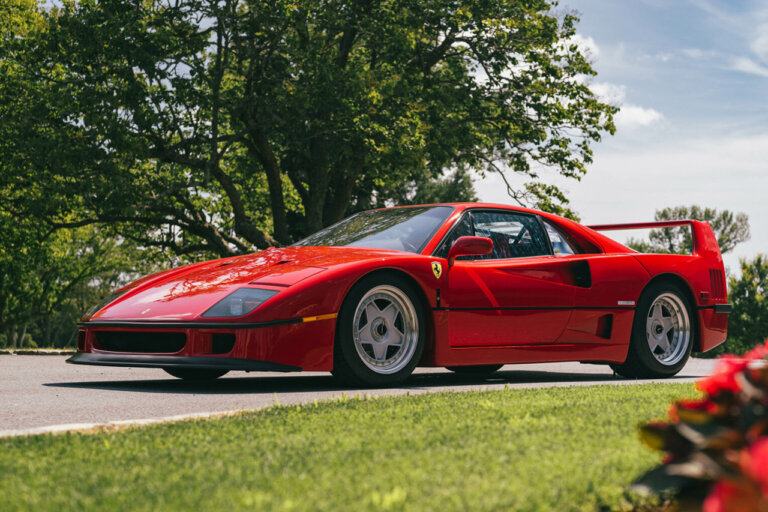

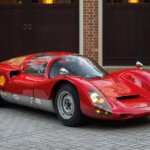
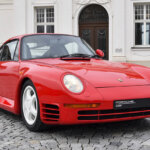
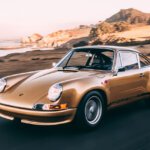

One Response
awesome article. nothing but the truth very good read.